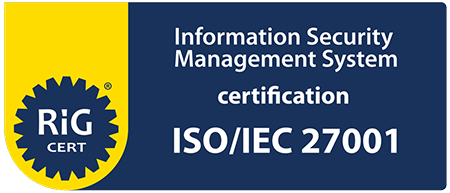Services and solutions
Resources
About the company

The latest news in HR development, leadership and digital tools - right in your inbox!
Drop us an e-mail: info@ls-s.com
Key areas of application of our expertise

Feedback - perhaps the broadest topic of all areas of human resource management. There are many different forms of giving feedback - from conversations and face-to-face meetings to the use of tools and methodologies, from completing classic surveys to integrated systems. It has long been a proven fact that meaningful and structured feedback is a key element of the work process that helps increase employee engagement and improve efficiency.
The topic of feedback has been extensively discussed in academic, business, and specialized literature, and there is rarely an organization that does not use it in one form or another. But there is a difference between feedback as a process and whether a company has a culture of giving feedback at all. The second is a valuable feature that, if developed properly, provides greater team efficiency, more stable levels of trust and a more positive employer image. All these effects would be mainly due to the greater involvement of employees. And in order to be engaged, employees must have the peace of mind that they always have the opportunity to share what they think about the organization, management and decisions that are made. If they think that whatever they say is "irrelevant" and will not be taken into account, then the commitment to their duties decreases, they become passive and do not want to take initiative or responsibility.
That is why it is necessary to accept the idea that the company should invest in the feedback culture itself, not just in separate surveys and tools. The usual annual performance reviews do not meet the need for employees to give regular feedback and do not contribute to an open and relaxed atmosphere. There are many approaches to improve and maintain it. Some of them are the tools for micro feedback and pulse check surveys, which at short intervals give quick feedback conveniently and with a few clicks. They help to change the attitude towards the feedback itself and maintain the culture of open communication, trust and commitment. More in-depth analyzes of the classical type, such as 360-degree assessment, also contribute to improving the culture of feedback, but it is important that they are used not only to assess employee performance, but also as a tool to give a real idea of attitudes, trends and obstacles in the work processes.
Related products: